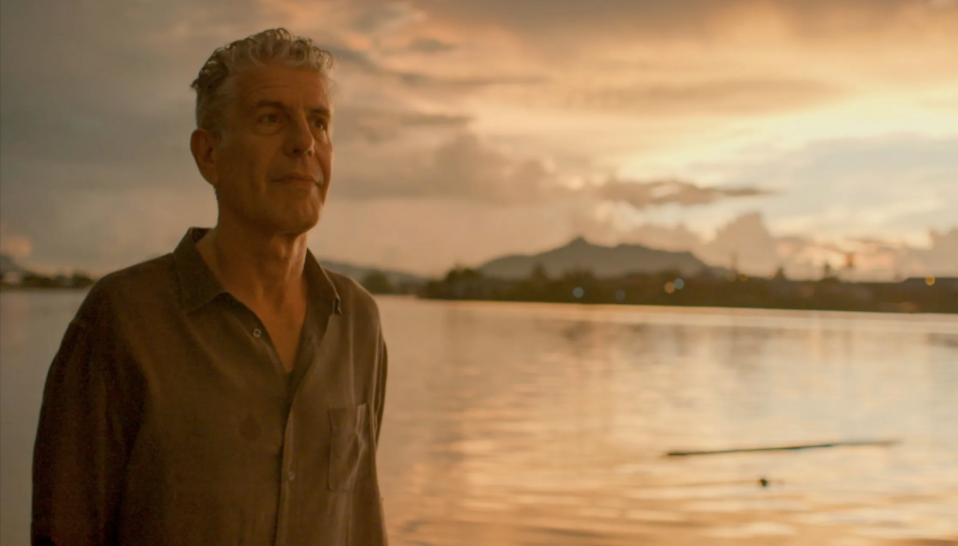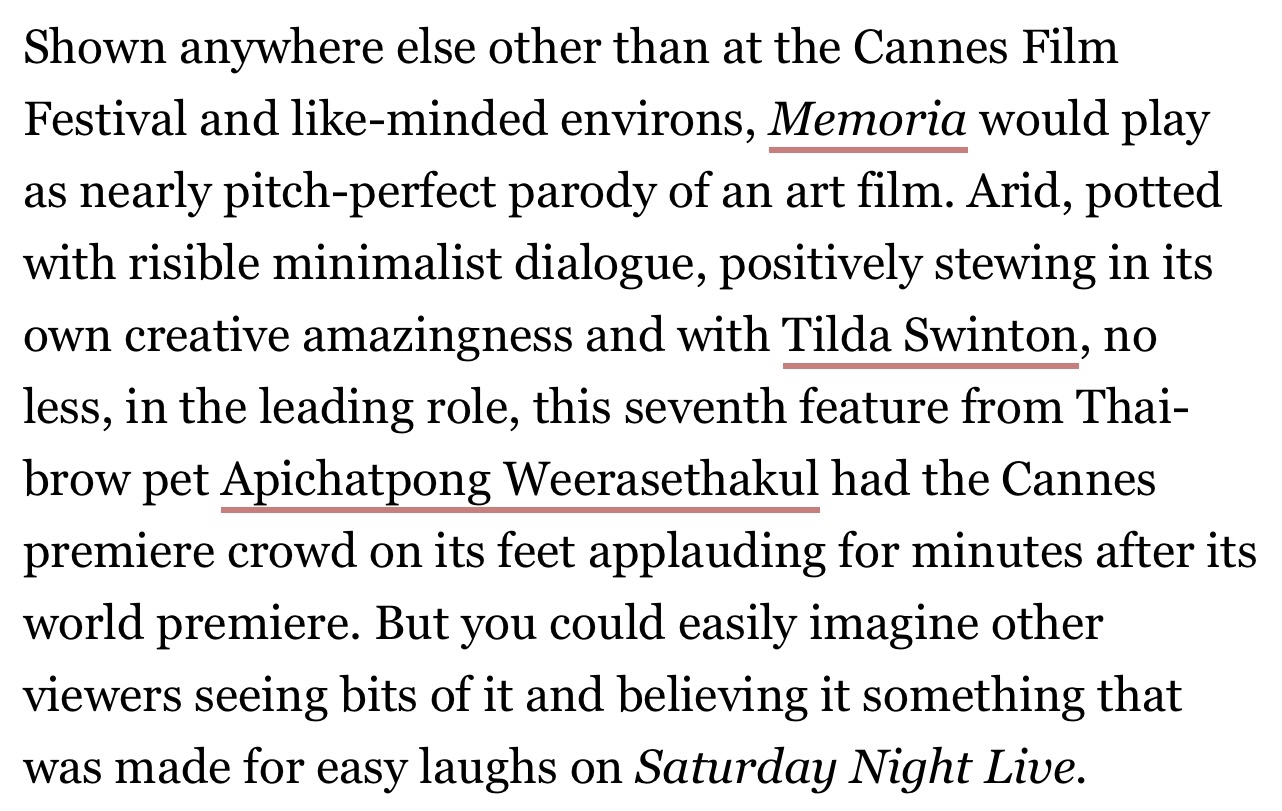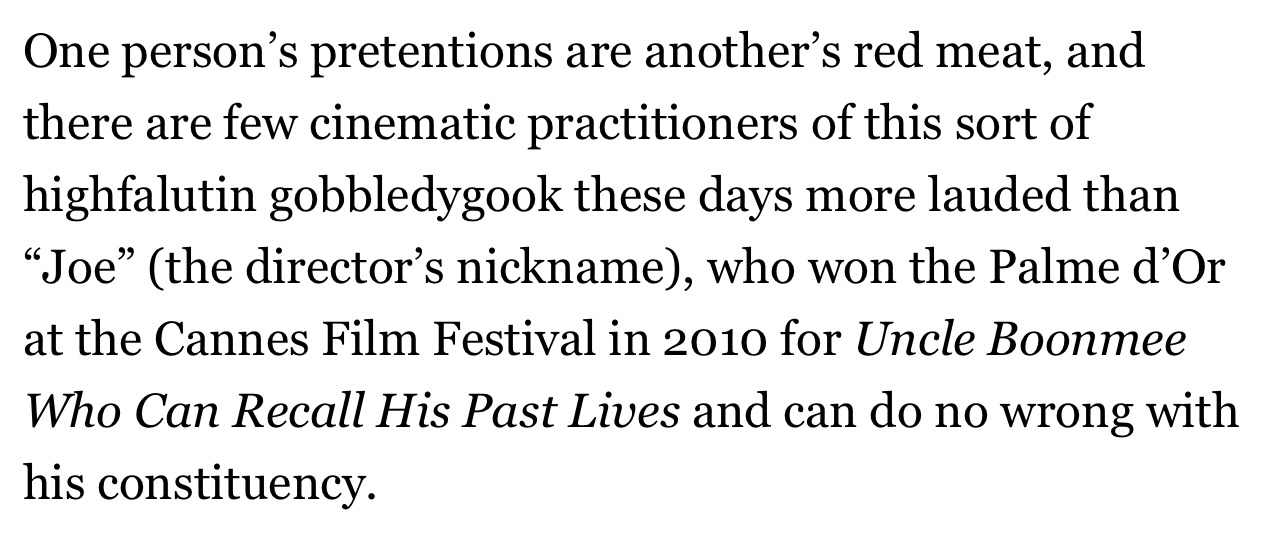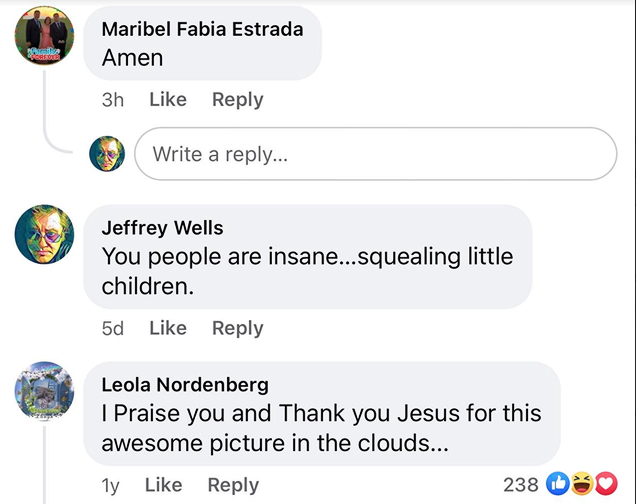In a 7.15 New Yorker article titled “A Haunting New Documentary About Anthony Bourdain,” Helen Rosner has revealed that director Morgan Neville resorted to a sophisticated voice-editing or voice-replicating process that some on Twitter are tut-tutting about.
It involved the audible creation of passages not actually spoken by Bourdain but written by him. Neville created a deepfake or A.I. replication of Bourdain’s voice, assembled from vowel and consonant splices and fragments of legit Bourdain recordings. And so we hear Bourdain “reading” the passages even though he didn’t actually say them.
Get it? The passages that we hear Bourdain reading were definitely 100% written by him, and the voice we hear reading them is definitely Bourdain’s. But he didn’t actually speak these passages and wasn’t actually recorded saying them. Neville created a highly convincing simulation.
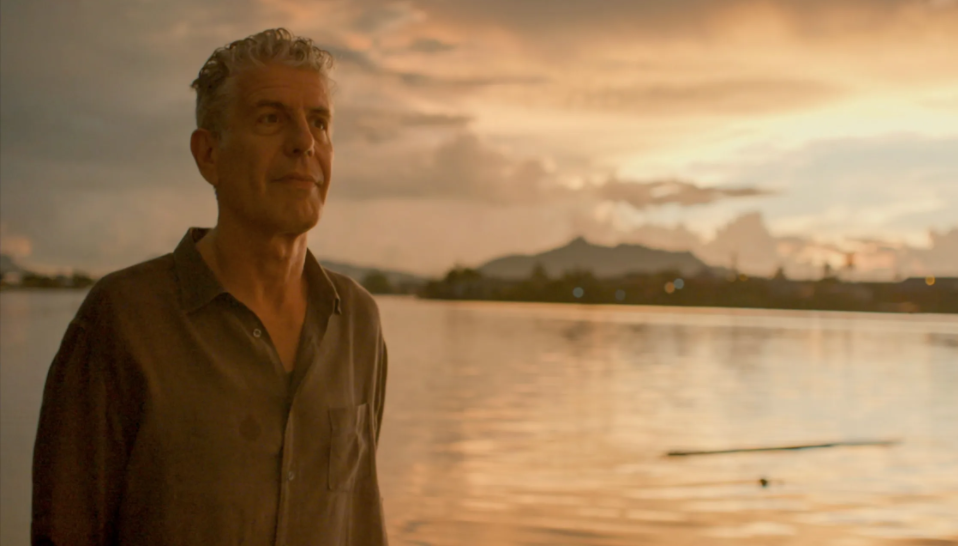
Does someone have a problem with this? Not I because nothing substantive was fabricated. Bourdain wrote the words and passages in question, and Neville’s simulation of Bourdain’s voice reading them is “real” as far as it goes and it’s all straight from the horse’s mouth. So what’s the problem?
If Neville had faked or invented passages that Bourdain hadn’t written, a fully justified ethical scandal would’ve erupted…but he didn’t. The words and thoughts are Bourdain’s.
If Neville had hired a Bourdain-sounding actor to read the passages and then revealed this ruse in the closing credits, nobody would’ve said boo.
But because Neville used Bourdain’s own voice instead of an actor’s, some are calling this an ethical foul. Except there was nothing wrong or even shady about what Neville did. Sophisticated, obviously, but so what? Should Neville have admitted to this in the closing credits of the film? Yes, he should have. But it’s not that big of a deal.
Canadian entertainment reporter David Friend: “The new Anthony Bourdain documentary didn’t have audio of him reading emails, so they created a fake A.I. model of his voice…and didn’t bother disclosing that in the film. We need a serious check on ethics in documentary filmmaking.”

